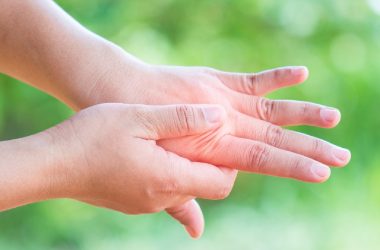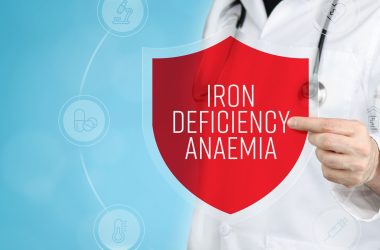Sometimes, our arms and hands experience stabbing pain or numbness that makes simple tasks like making a fist or wringing out a wet towel difficult. These symptoms could be signs of nerve damage in the hand. It’s important to identify the underlying cause before seeking treatment. Here are the signs of nerve damage in the hand:
What is Nerve Damage?
Nerve damage, also known as peripheral neuropathy, occurs when there is damage or dysfunction in the nerves outside of the brain and spinal cord. Nerves play a critical role in transmitting signals between the brain, spinal cord, and the rest of the body. When the nerves are damaged, it can disrupt these signals and lead to various symptoms.
External pressure on the nerve, known as compressive neuropathy, and physical injury are common causes of nerve damage in the hands.
Signs of Nerve Damage in the Hand
- Loss of sensation or numbness: Nerve injury often results in the loss of sensation or a feeling of numbness in the affected area. This can be localized or spread over a larger region.
- Tingling: Nerve damage in the hand can cause a tingling or “pins and needles” sensation in the affected area.
- Muscle weakness or paralysis: Nerve injuries can lead to muscle weakness or complete paralysis, making it difficult to move or control the muscles in the affected hand.
- Changes in reflexes: Nerve injuries can impact reflexes, causing them to become exaggerated, diminished, or completely absent.
- Burning sensation: Some nerve injuries can cause shooting pain, burning, or a sharp electrical-like sensation in the hand. This pain can range from mild to severe.
Treatment for Nerve Damage in the Hand
Physiotherapy is often recommended to help with nerve injury cases. It provides pain management techniques, improves range of motion, strengthens muscles, and enhances balance and coordination. Physiotherapists use exercises and techniques to promote nerve regeneration, alleviate pain, restore function, and improve overall quality of life.
Other treatments depend on the underlying cause and the extent of the damage. They may include medications for pain management, lifestyle modifications, and addressing the underlying condition. In severe cases, the damage may be irreversible, and the goal of treatment is to prevent further progression and manage symptoms to maintain a good quality of life.








